BMW 530 MLE
Only ten months ago BMW announced that South Africa would start the restoration of an absolute classic that almost nobody in Germany knows about. In 1973, the first BMW production plant outside Germany was opened in Rosslyn near Pretoria and soon thought about entering the ‘Modified Production Series’, the South African touring car championship. For this they worked together with BMW Motorsport GmbH in Munich under the direction of Jochen Neerpasch. There, two racing cars were built on the basis of the first 5 Series, internally called the E12. In order to actually be able to use them in the races, a homologation series with road approval was required. Therefore, the 530 Motorsport Limited Edition (MLE) with right-hand drive was offered exclusively in South Africa.
Under the forward opening bonnet was a three-liter inline six-cylinder engine with 147 kW/200 hp and 277 newtonmeters of torque. At the time, these provided considerable acceleration from a standstill to 100 kph (62 mph) in 9.3 seconds and a topspeed of 208 kph (129 mph). Compared to the normal 530i, the MLE did without comfort features such as electric windows or an air conditioning system and also was fitted with manually perforated pedals and inner body panels as well as weight-optimised alloy wheels to save weight. The racing version won 15 consecutive races in 1976 and three consecutive championship titles in the Modified Production Series. Private teams used the 530 MLE until 1985. Never before or after was there another race car based on the BMW 5 Series with more successes.
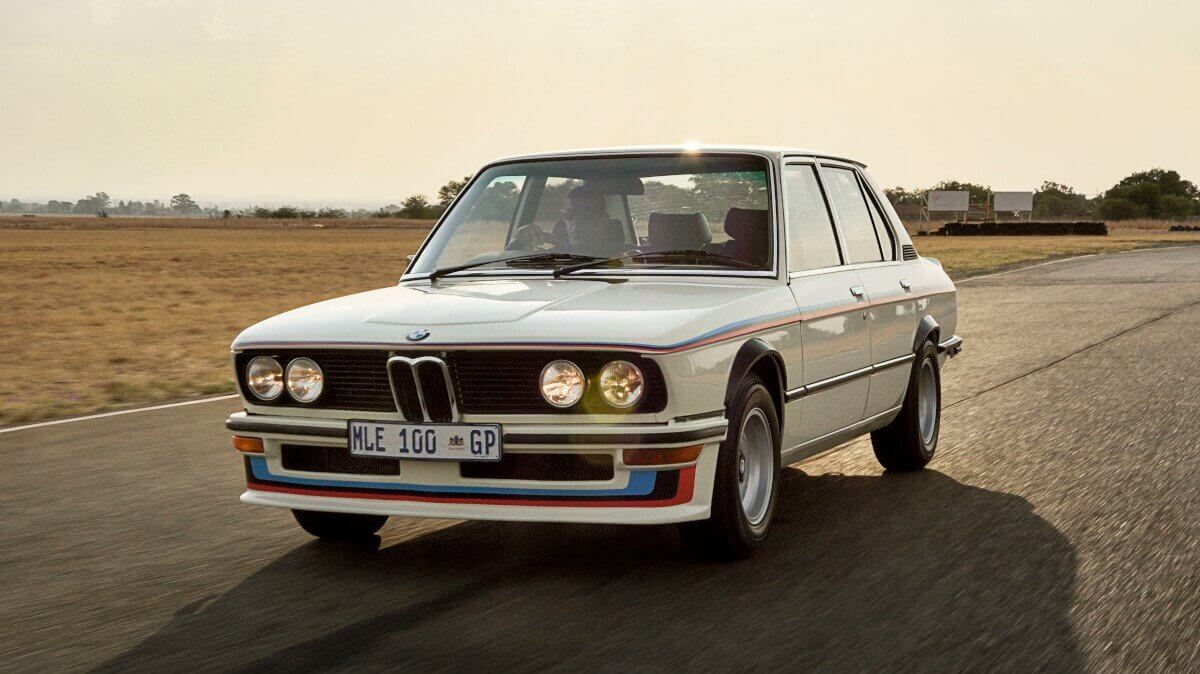



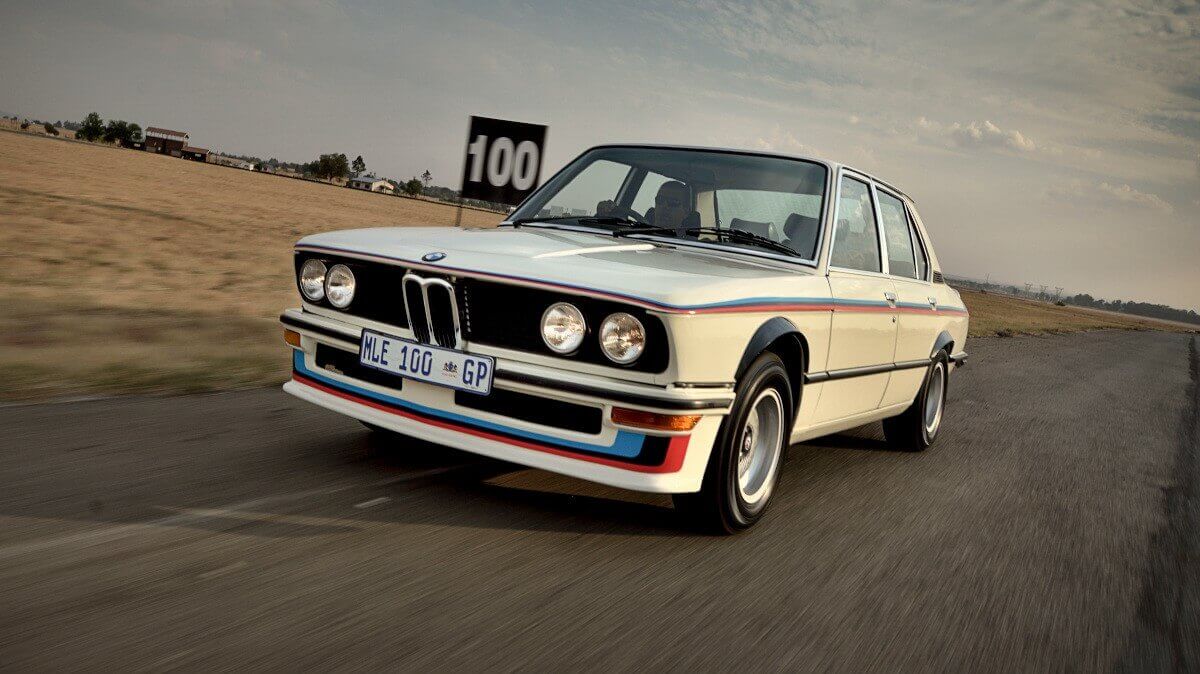



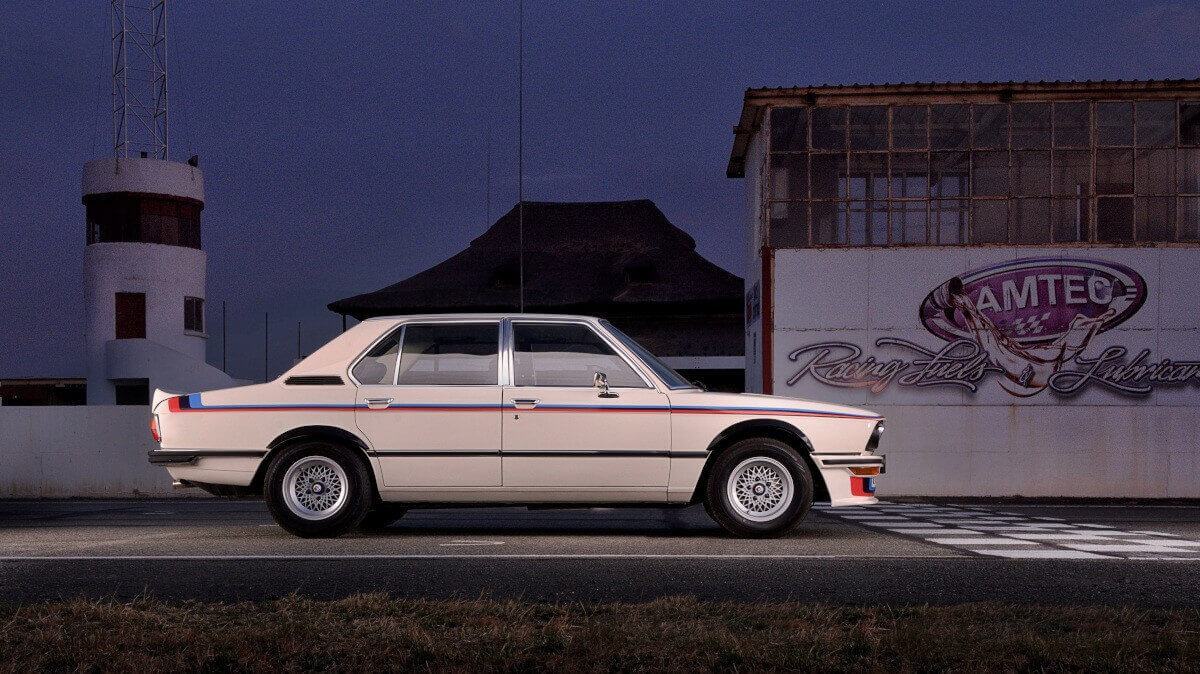



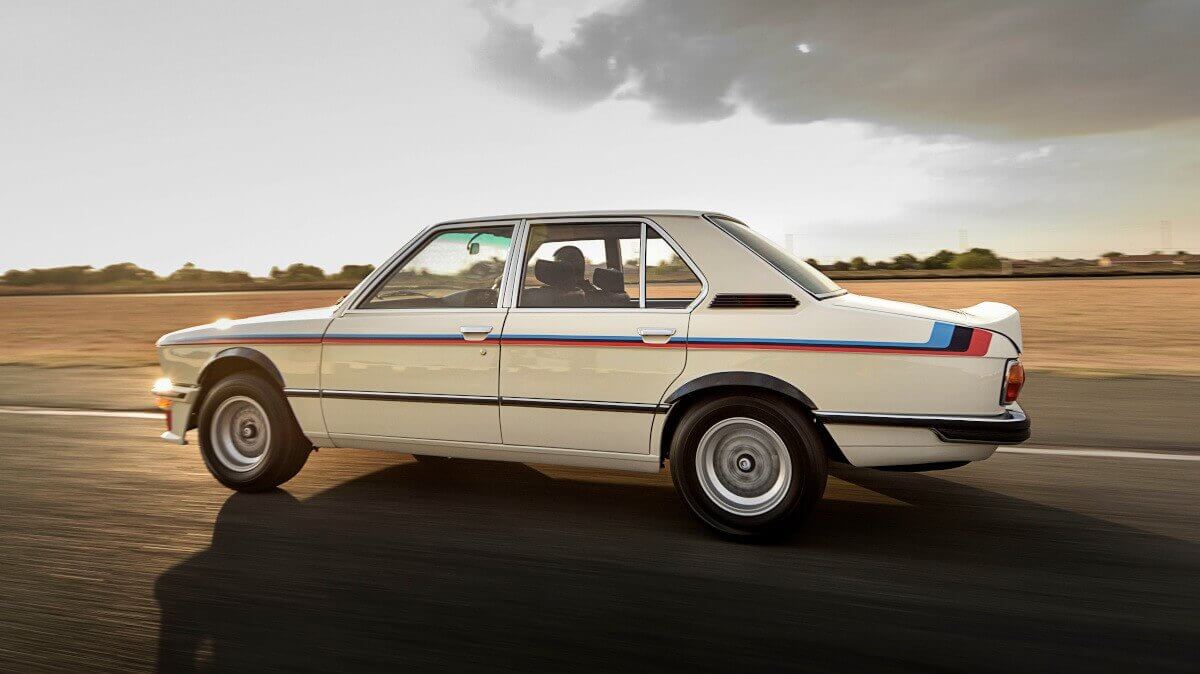



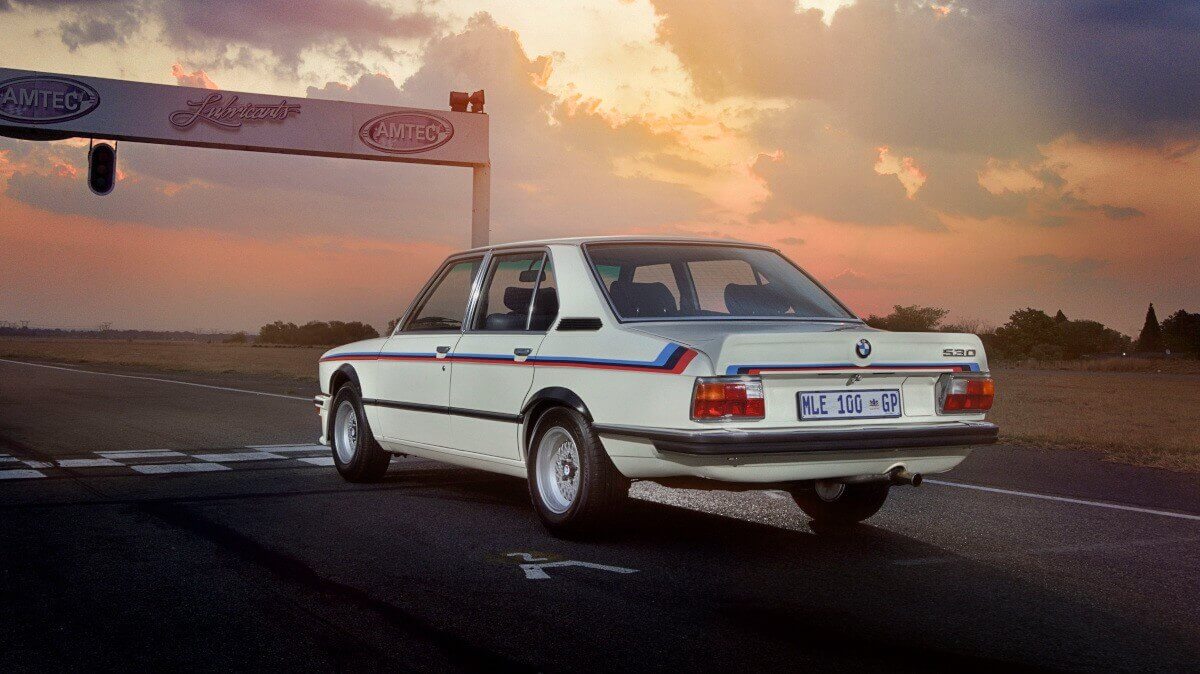



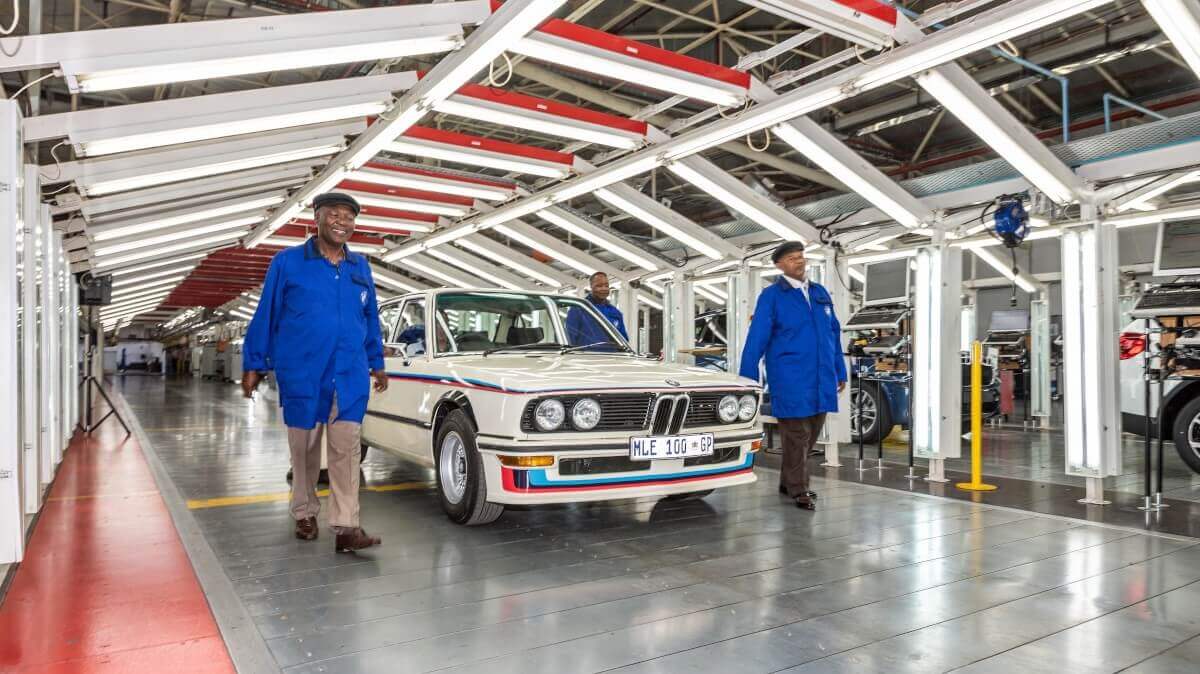



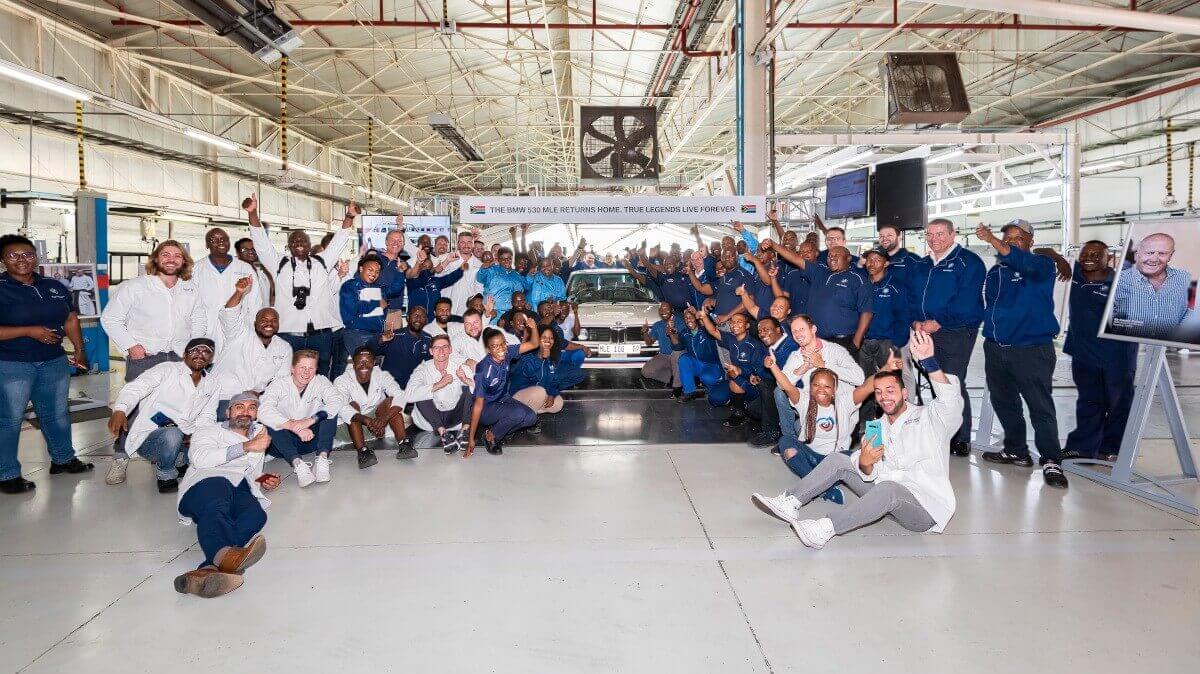



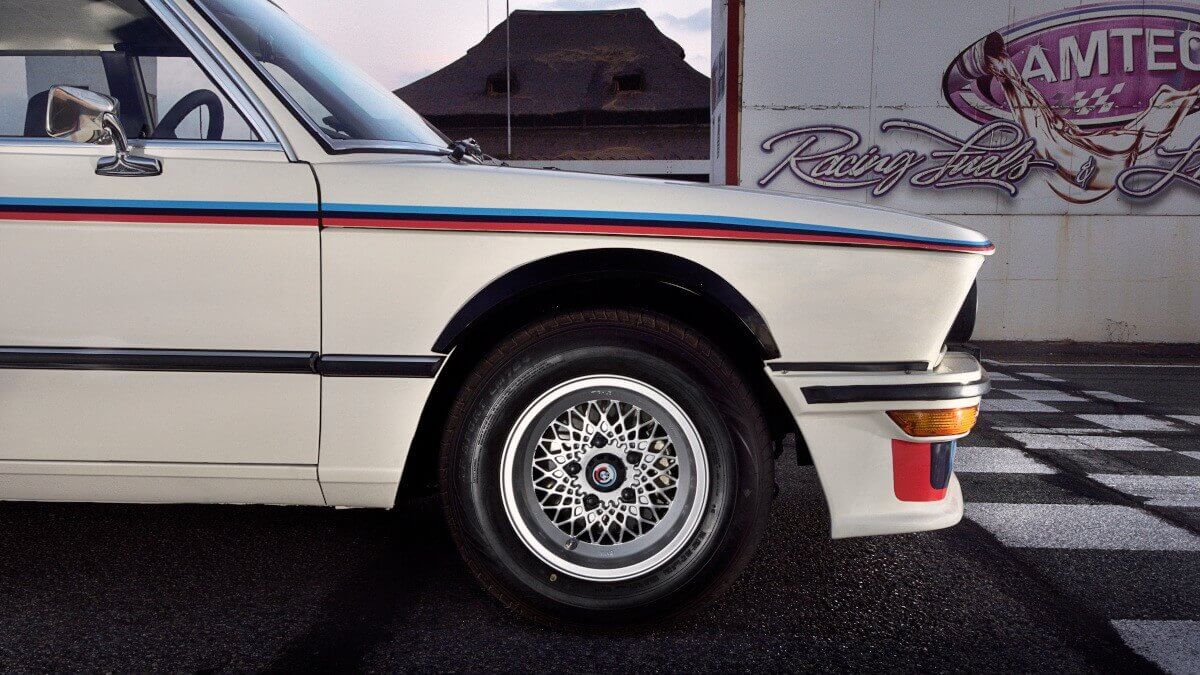



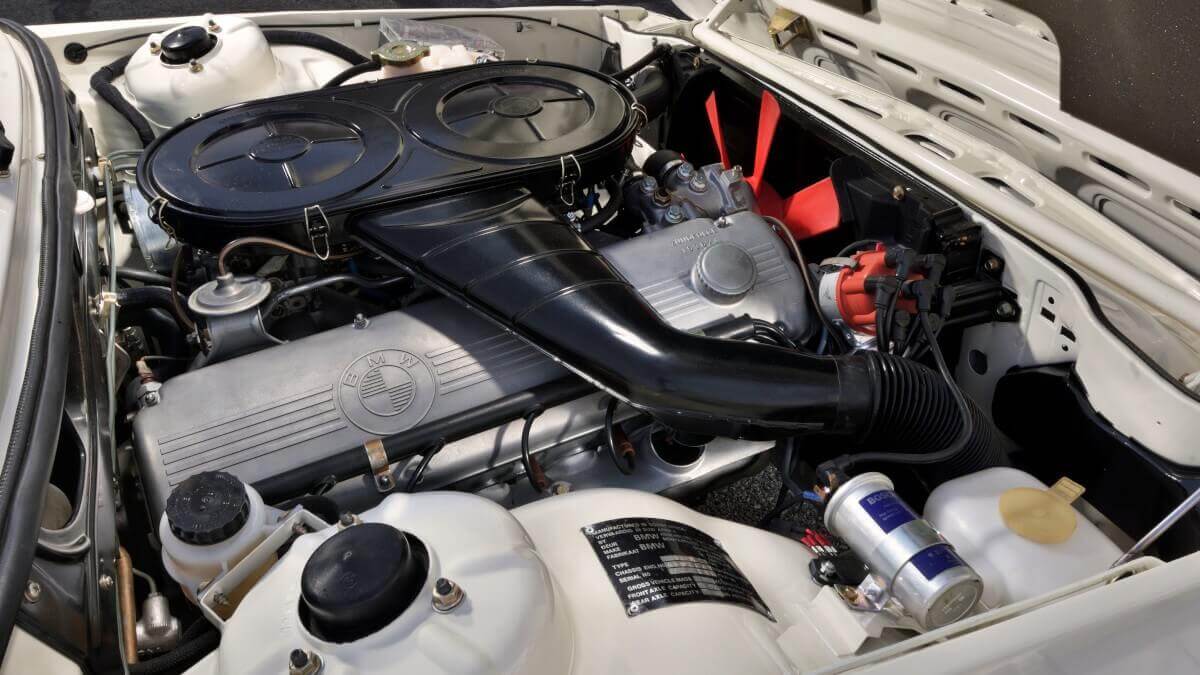



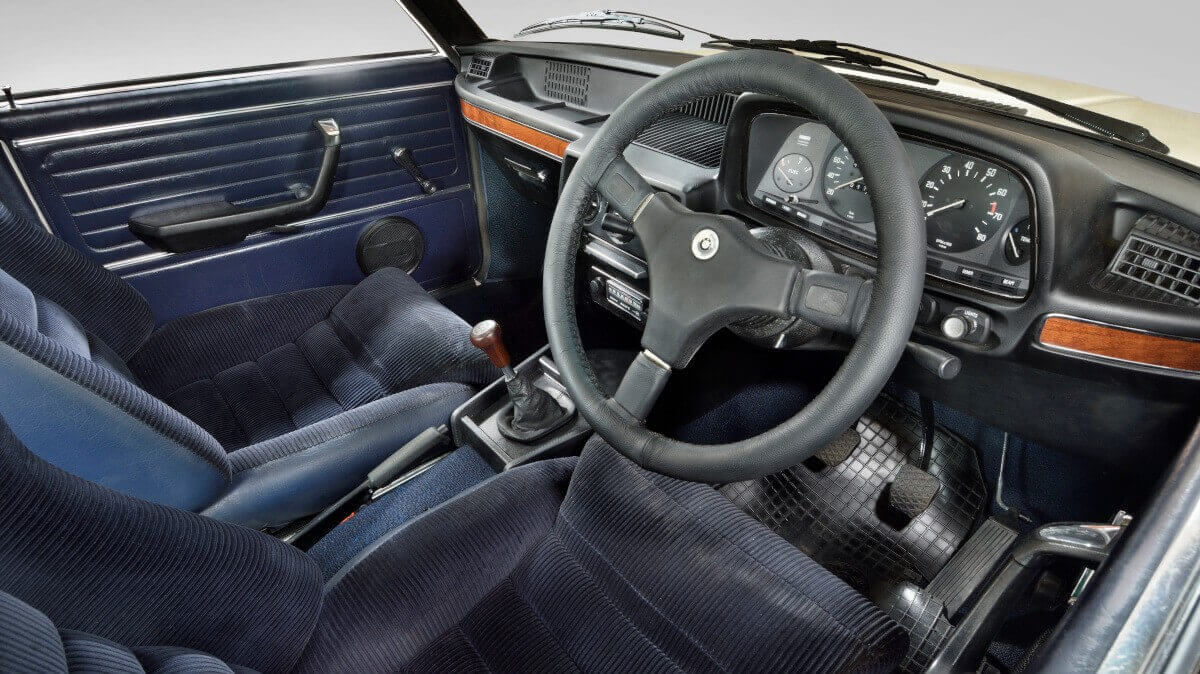



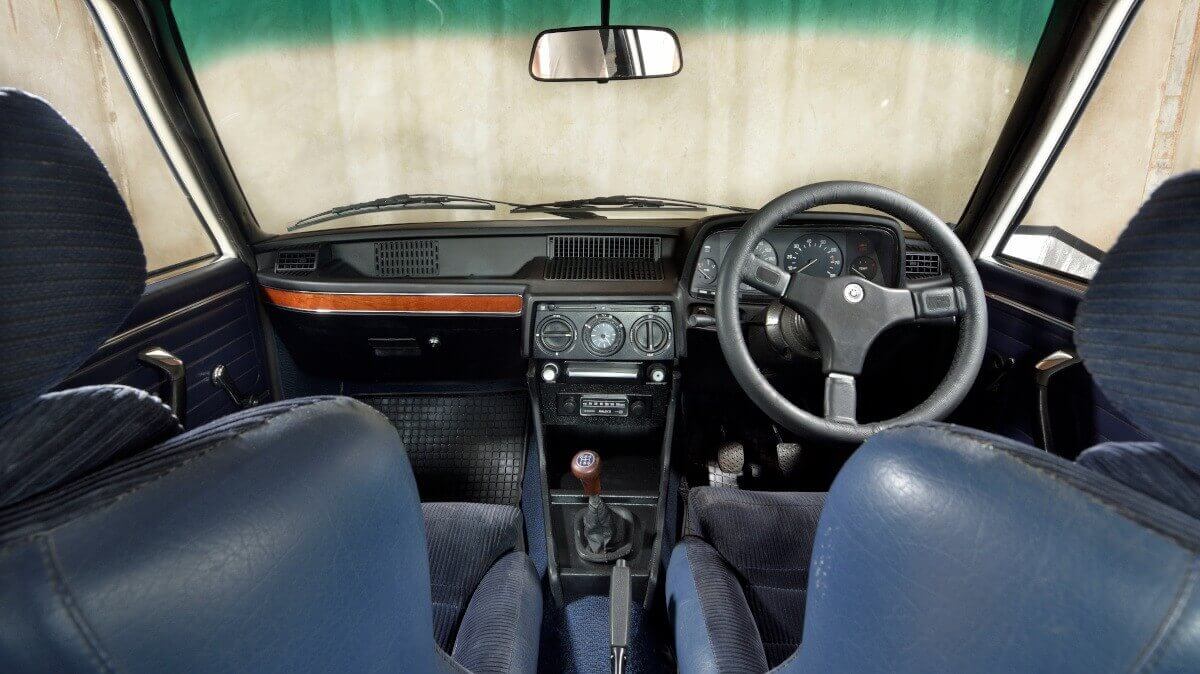



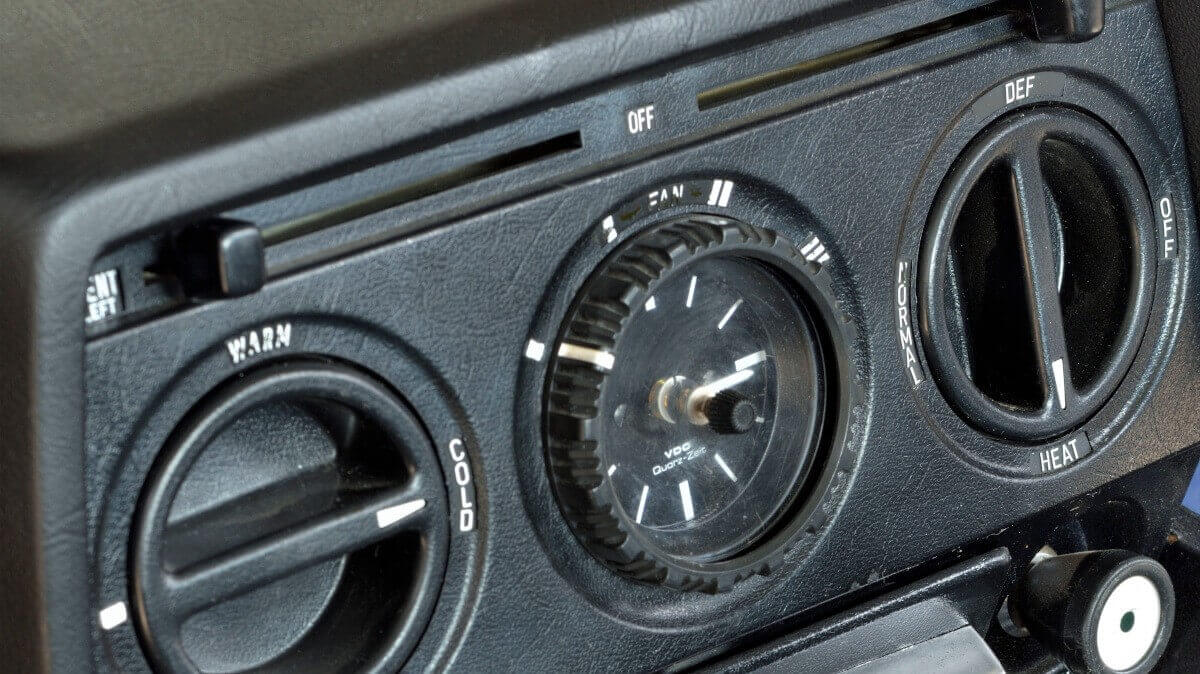



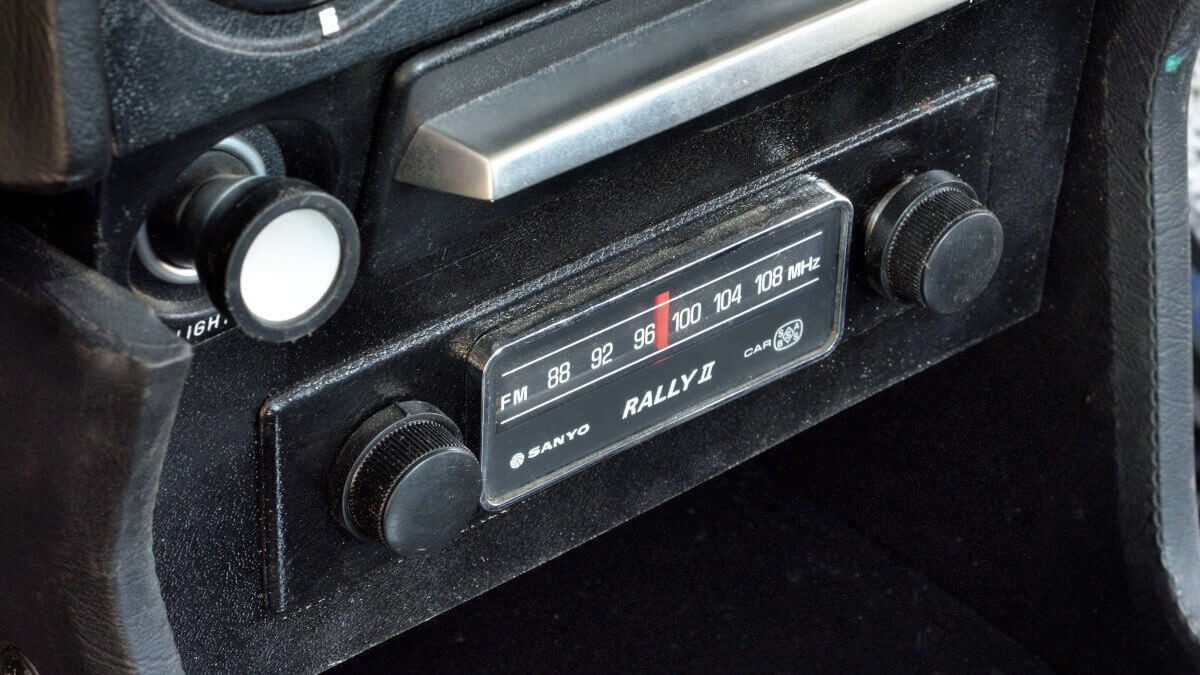



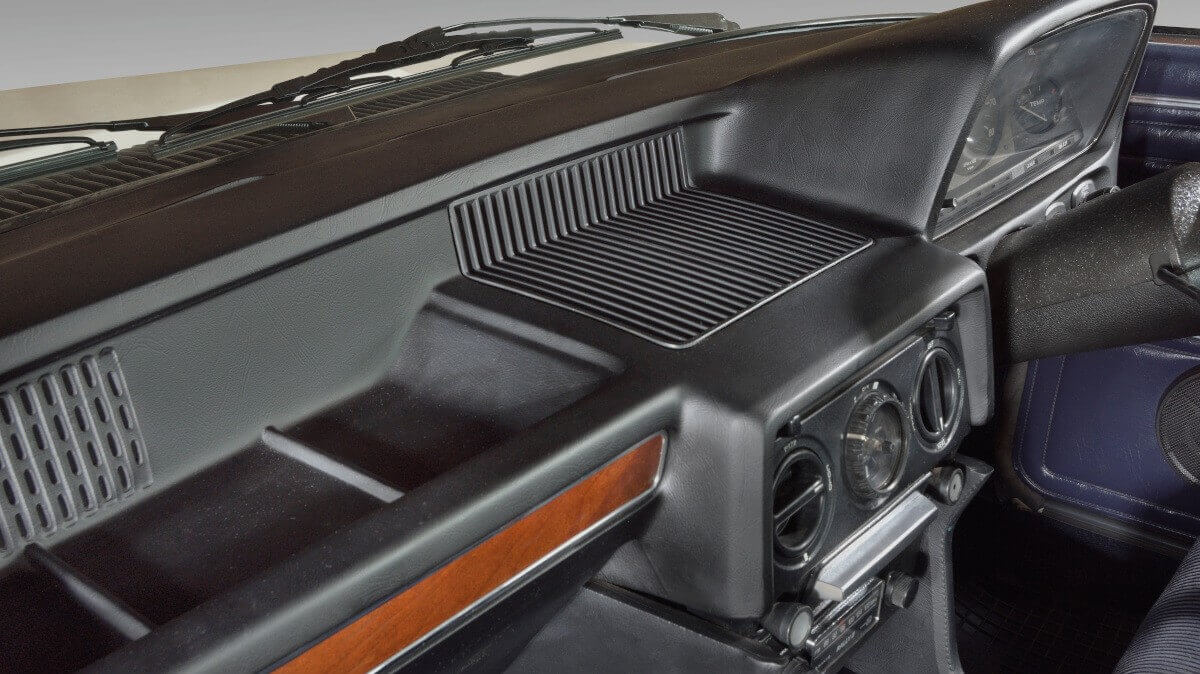



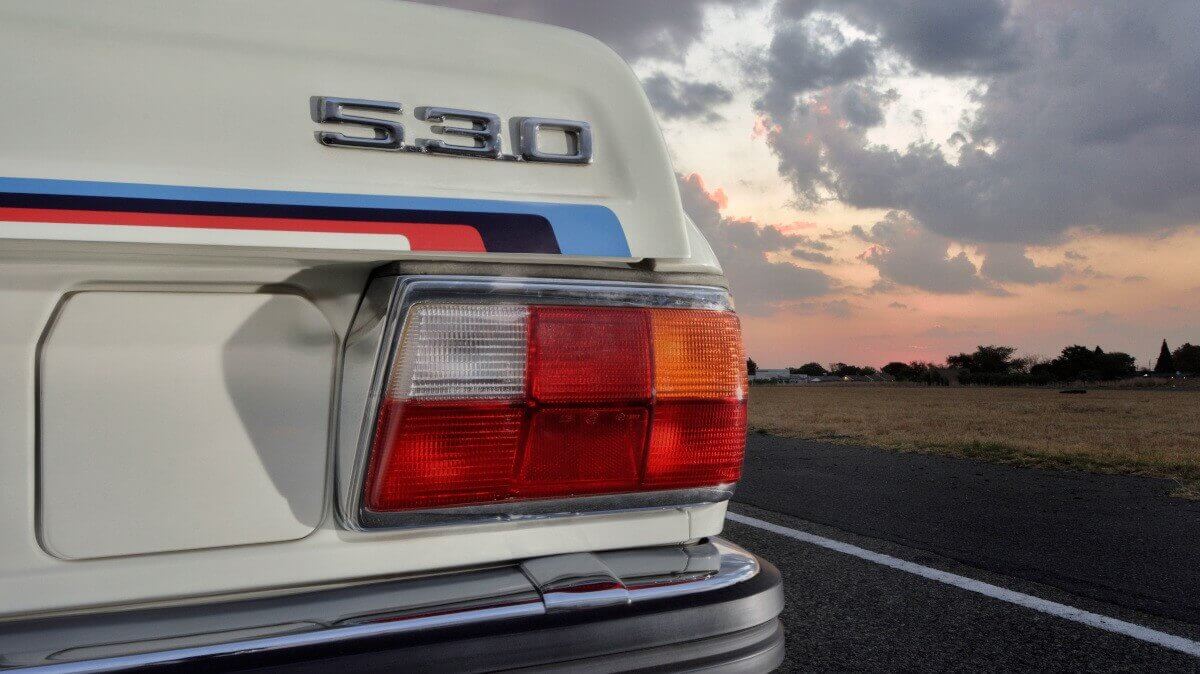



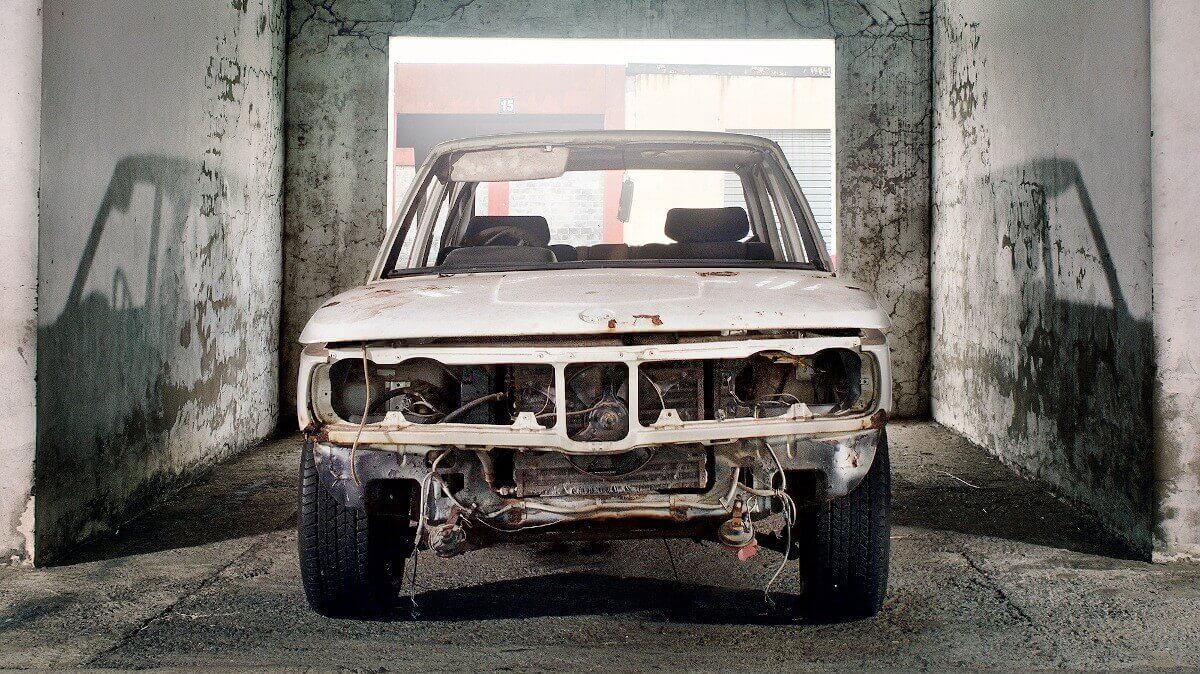



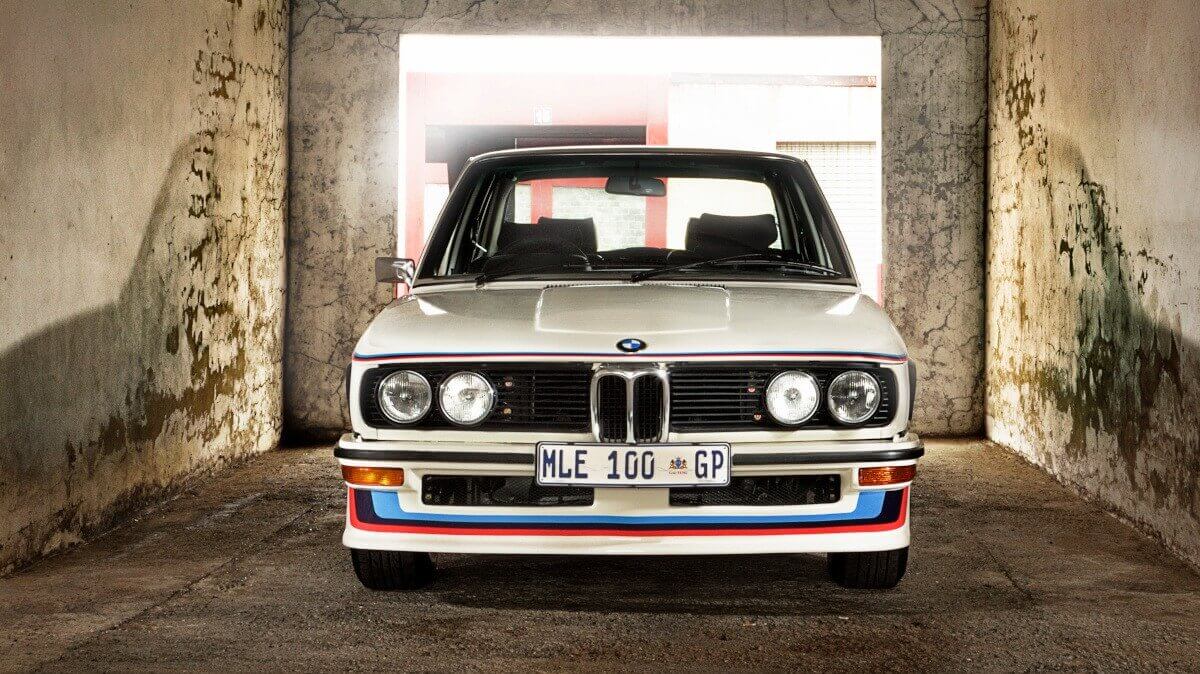



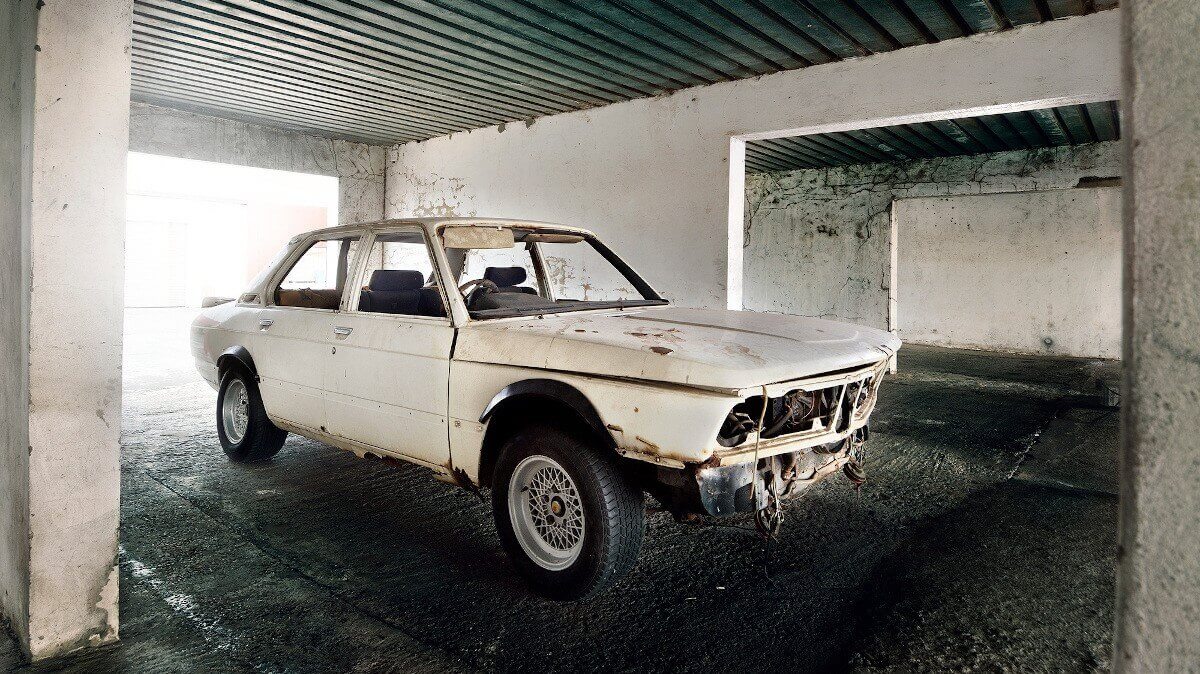



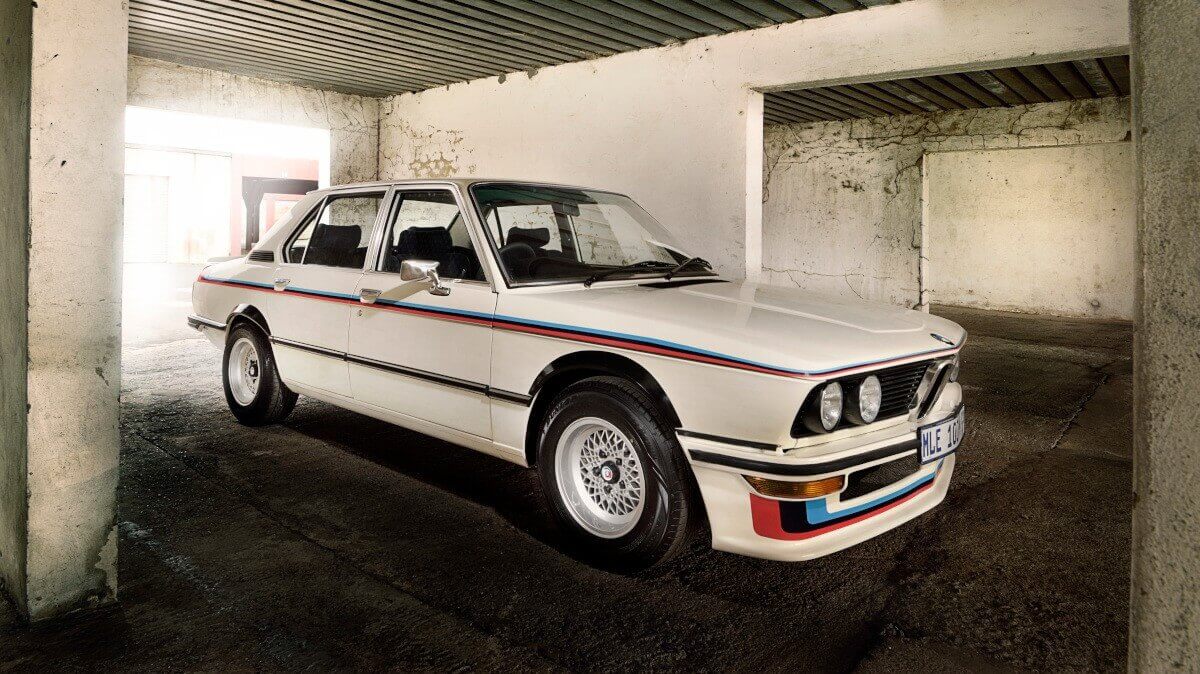



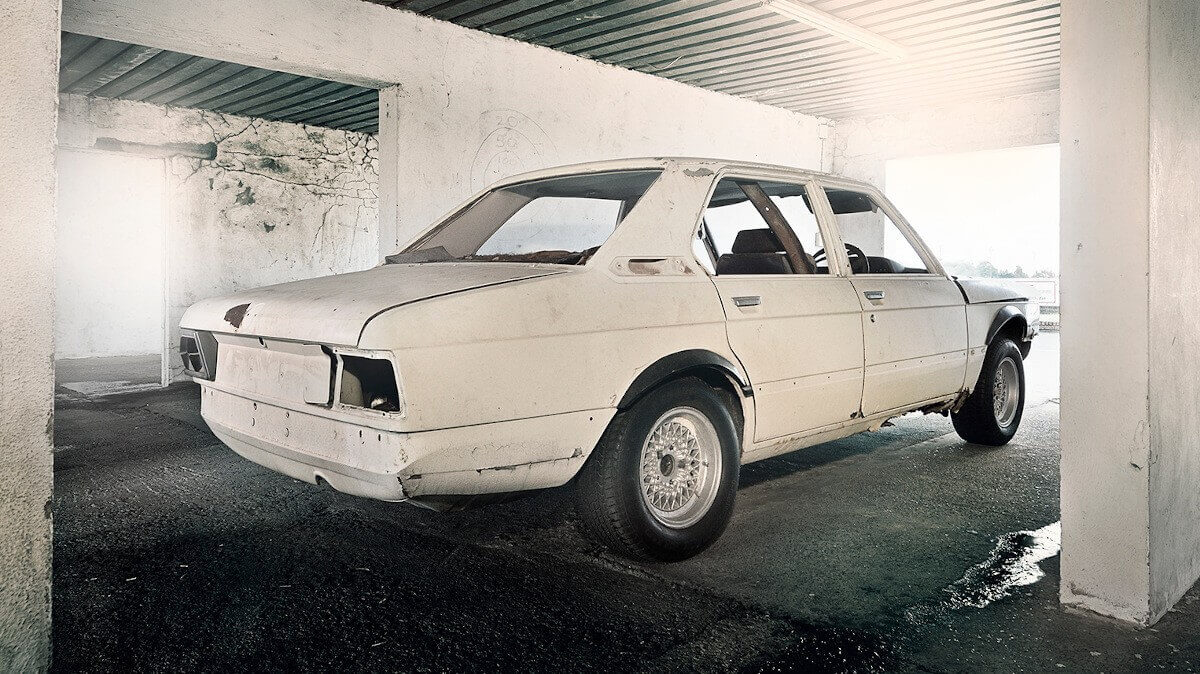



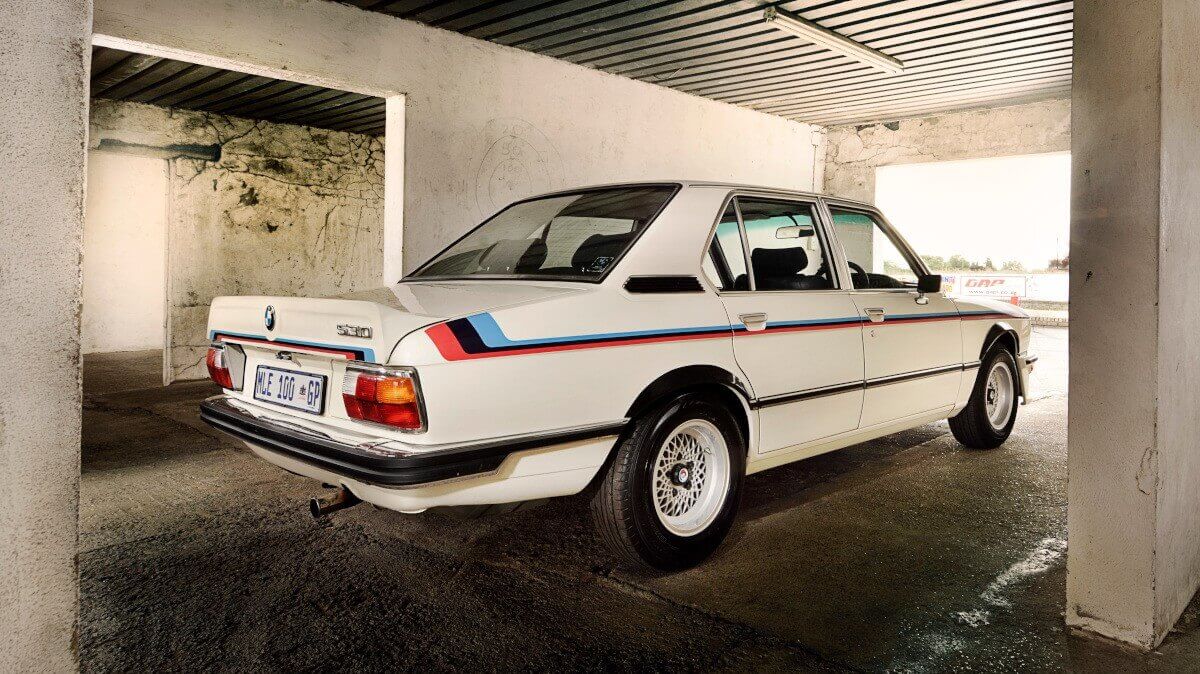



In 1976 BMW South Africa built 110 copies of the street version, followed by another 117 in 1977. Today, the few remaining 530 MLE are sought-after classic cars. So it’s not surprising that BMW gratefully took advantage when the wreck of number 100 reappeared last year in pitiful condition. It was the car of Peter Kaye-Eddie, who was once responsible for the racing cars of the 530 as a driver and team manager. Despite its incompleteness in terms of bodywork, interior and technology components, the wreck still had the original engine with which the car once rolled off the assembly line.
During the restoration, which lasted about ten months and was ceremoniously concluded with an unveiling at the Rosslyn plant, four former employees who were involved in the production in 1976 supported the team. BMW South Africa also worked closely with the experts from Custom Restorations. Now number 100 is back on its wheels again and will be used for selected classic car events in South Africa.
Images: BMW




